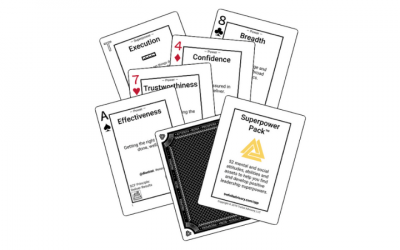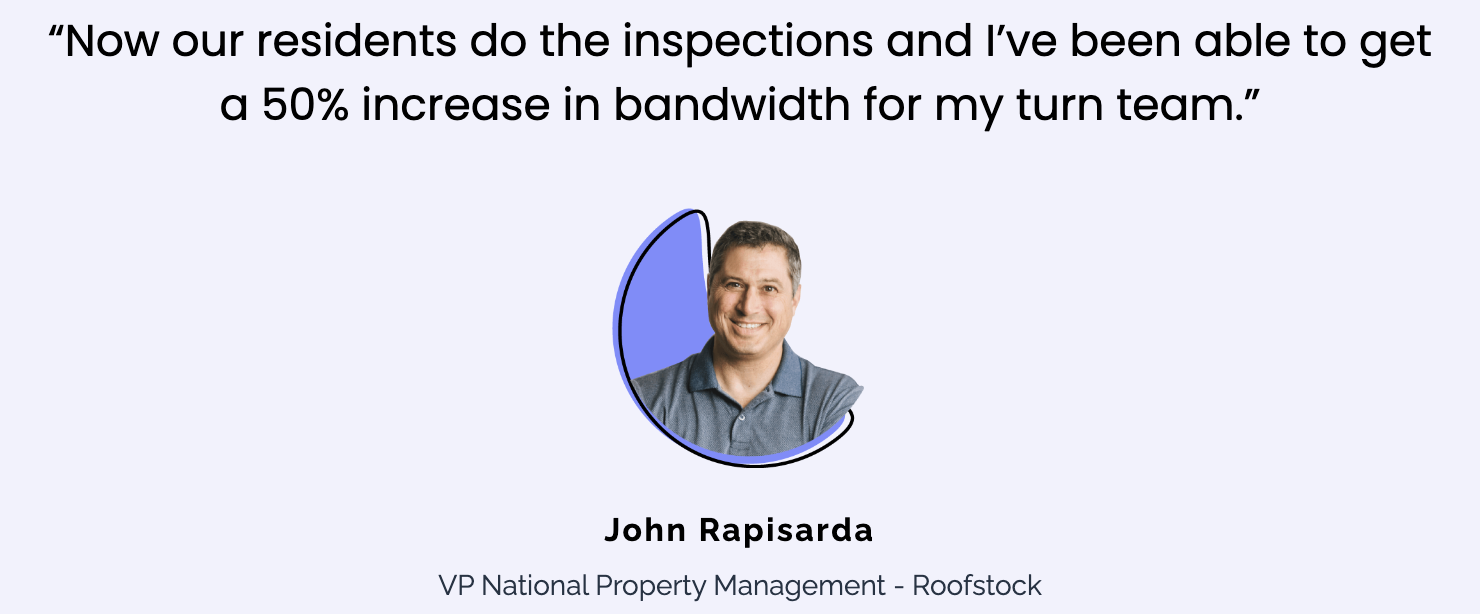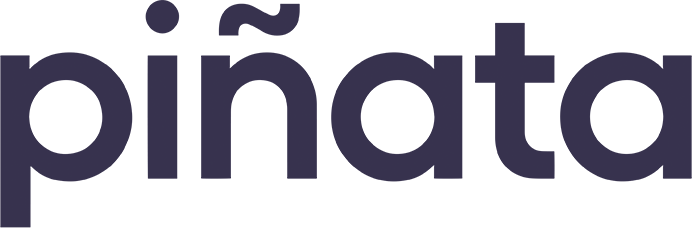Meetings don’t have to be bad. There are a few simple ways to make Effective Meetings better and more productive.
- Know the meeting’s purpose
- Have a clear agenda
- Clearly document action items
- Follow-up on action items
- Publish meeting notes
Know the meeting’s purpose
Before scheduling a meeting ask yourself if it’s really necessary or can an email, Slack message, or phone call resolve the issue right now? Every meeting needs a clear objective.
Sometimes people think a “status update” is a good use of a meeting. They’re wrong. That’s a terrible purpose for a meeting. The status update can be communicated via email or a wiki. Meetings should be used to identify and resolve blockers (or create public accountability that a sub-team will resolve a blocker). Status updates should not be done during a meeting. You’re wasting everyone’s time.
Have a clear agenda
Whoever owns the meeting should publish an agenda before the meeting. I like to keep my agendas consistent across meetings. This is my preferred format:
- Follow-up from last meeting’s action items [10 minutes]
- Action item 1
- Action item 2
- Meeting topic 1 (e.g. Operations Blockers) [15 minutes]
- Meeting topic 2 (e.g. Technology Blockers) [15 minutes]
- Summarize action items, owners, and dates [10 minutes]
Also, I strongly recommend having a timekeeper separate from whoever is running the meeting.
Clearly document action items
At the end of each meeting the action items, owners, and dates go directly into the agenda for the next meeting so the information doesn’t get lost. The owner needs to be someone in the meeting (or at least someone who can be accountable for the action item).
Follow-up on action items
This is the only way progress gets done. There are certain issues blocking progress. The meeting’s job is to resolve those issues. As I said earlier, those items should be at the top of each meeting’s agenda. Ideally the meeting owner gets those action items resolved before the next meeting. You want to avoid getting a status update in the meeting. Save the meeting time for something more valuable.
If someone who owns an action item isn’t able to provide an update before the meeting, they’re wasting other people’s time. Be prepared with the updates before the meeting.
Publish meeting notes
Many people like to attend meetings to get a sense of what’s going on. Meetings should include the minimum number of people necessary to reach a decision or resolve a problem. To fight the impulse for people to attend meetings to understand what’s going on, publish meeting notes.
Back at Amazon, my preferred method was threefold — 1) publish notes in a wiki so there is a permanent record for all to see. 2) maintain a mailing list with key decision makers who are actually attending the meeting. 3) maintain a separate mailing list for people interested in status updates and meeting notes. This allows people to maintain “situational awareness” without having to be directly on the meeting invite to get meeting notes.
















